A fine imposing and richly coloured mid 17th century Anglo Dutch school portrait of a military officer, by an artist in the circle of Bartholomeus van Der Helst (1613-1670).
The noble sitter is depicted three quarter length against rock work standing in a fashionable and confident hand on hip pose.The most striking element of his costume is a long scarlet coat which is profusely embroidered in gold and silver thread and matching multiple spherical buttons which are aligned down its front. Under this he wears a white shirt with wide starched collar
Red was an expensive dye and a colour that was popular in fashionable clothing for outer wear (cassocks or cloaks) in this period and it was also associated with the military in the Netherlands. In Rembrandts portrait of Jan Six from 1654 for example, Jan Six wears an elegant scarlet cloak over his shoulder. Whilst in Johannes Vermeer’s 'Officer and Laughing Girl’ c.1657, (Frick Collection, New York. ) The sitter wears a similar garment to our sitter and even has the same hand on hip pose.
In contrast to his elegant costume, the sitter wears his own natural hair, which is shoulder length and becomes bushier at the ends.This style which is typical of the 1650s as is his crown which is flattened by the hat or perhaps helmet that he has worn. His accessories of an extravagant silk sash and sword hanging form his waist as well as his commander’s baton are entirely consistent with an identification of him as a military officer and as the early 1650s saw the first Anglo-Dutch trade wars and it is likely that the costume we see here is associated with such action.
Bartholomeus van der Helst (Haarlem, ca. 1613-Amsterdam, 1670) Bartholomeus van der Helst was born in Haarlem in 1613. He moved to Amsterdam around 1627 where he probably trained in the workshop of Nicolaes Eliasz. Pickenoy.Van der Helst married Anna du Pire in 1636. His first known work,The Regents of the Walloon Orphanage (Maison Decartes, Amsterdam) of 1637 reveals the marked influence of his master on his early style.Van der Helst achieved success at an early date and in 1639 received the prestigious commission to paint a large group portrait of The Civic Guard Company of Captain Roelof Bicker and Lieutenant Jan Michielsz. Blaeuw (Rijksmuseum, Amsterdam), for the same series as The Night Watch by Rembrandt.The completion of that work in 1643 sawVan der Helst’s reputation completely established and he succeeded Rembrandt as the portraitist to Amsterdam’s wealthy classes.
From 1642 until 1670 Van der Helst received numerous commissions for individual portraits. His technique became smoother and the depiction of clothes and accessories increasingly detailed. His second group portrait,The Celebration of the Peace of Munster at the Crossbowmen’s Guild (Rijksmuseum, Amsterdam), marks the culmination of his technical evolution, and the smooth handling of the brush and fine modelling of the figures evident in this work continued to prevail in all his later works.Van der Helst received important commissions from patrons outside Amsterdam. In 1652 he executed the official portrait of Maria Henrietta Stuart (Rijksmuseum,Amsterdam), widow of William II of Orange Nassau. In addition to portraits,Van der Helst painted genre scenes and biblical and mythological subjects.
Little is known of the artist’s activities as a teacher, although his son Lodewijk seems to have trained in his studio.Van der Helst’s style had a significant influence on his contemporaries, and his most important followers include Abraham van den Tempel, Nicolaas van Helt Stocade, and Paulus Hennekyn.
This work is in an excellent taste of conservation and is ready to hang in a quality ebonised frame with gilt highlights.
I am most grateful to Jacqui Ansell Costume Historian and Senior Lecturer, Christie’s Education for the detailed information and analysis that she has provided on fashion and costume.
Higher resolution images on request. Worldwide shipping available.
Canvas: 34” x 44" / 86.5cm x 112cm. Framed: 41.5” x 52" / 105cm x 132cm.



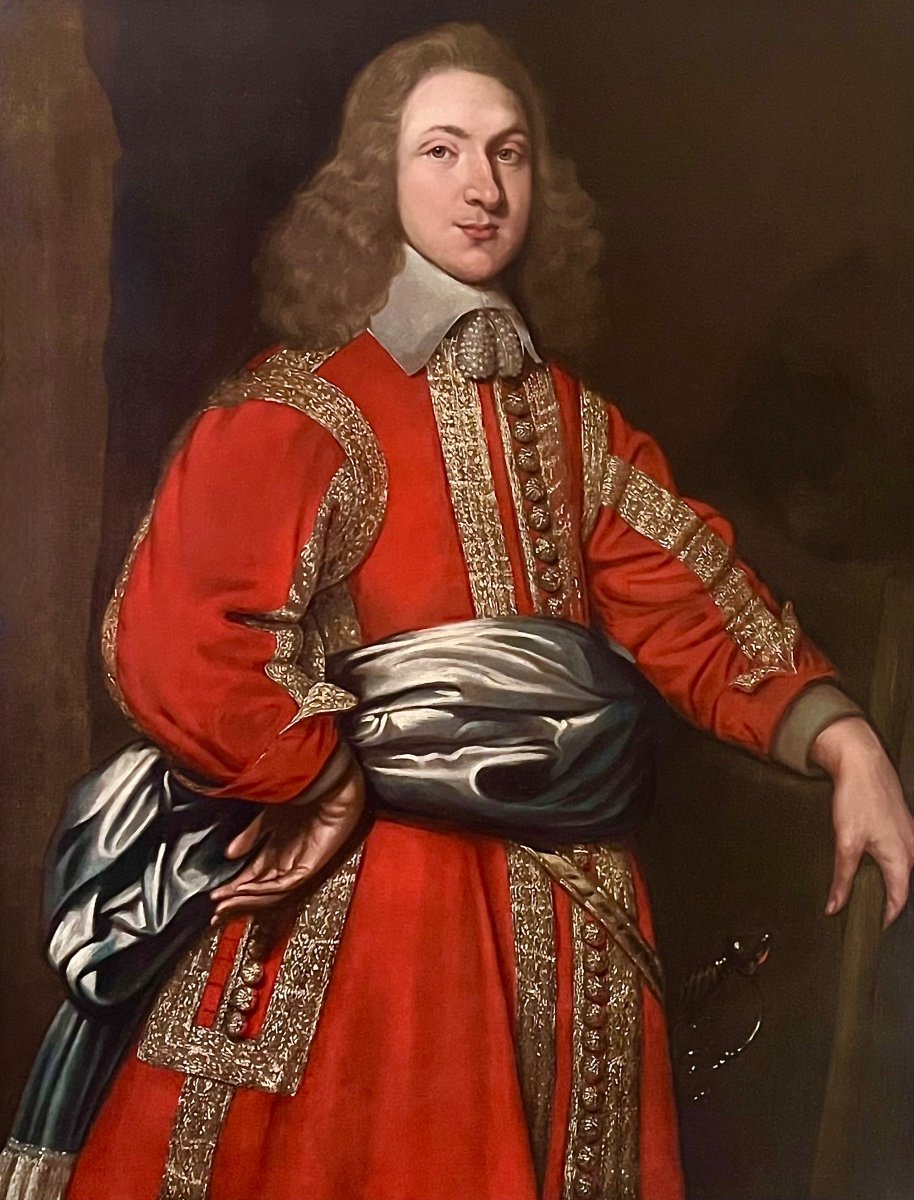
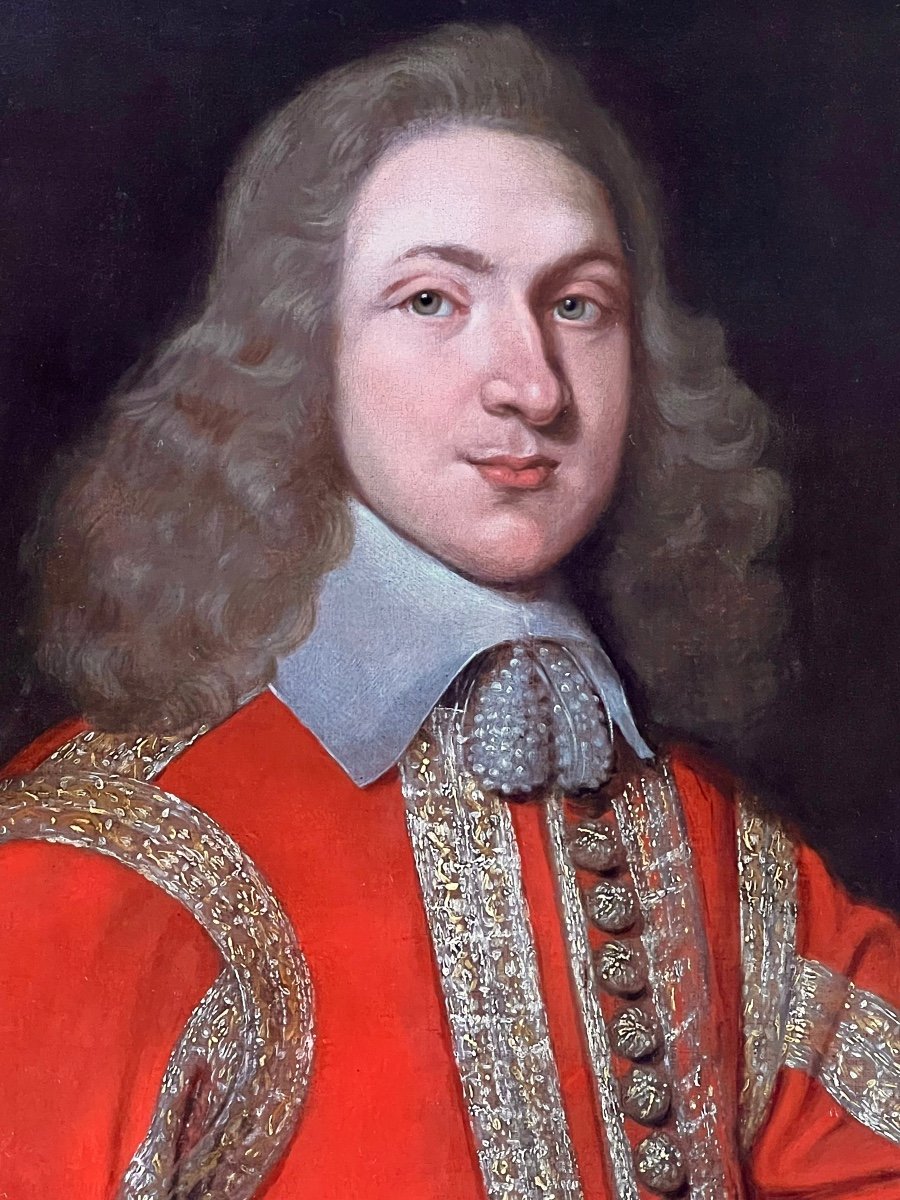
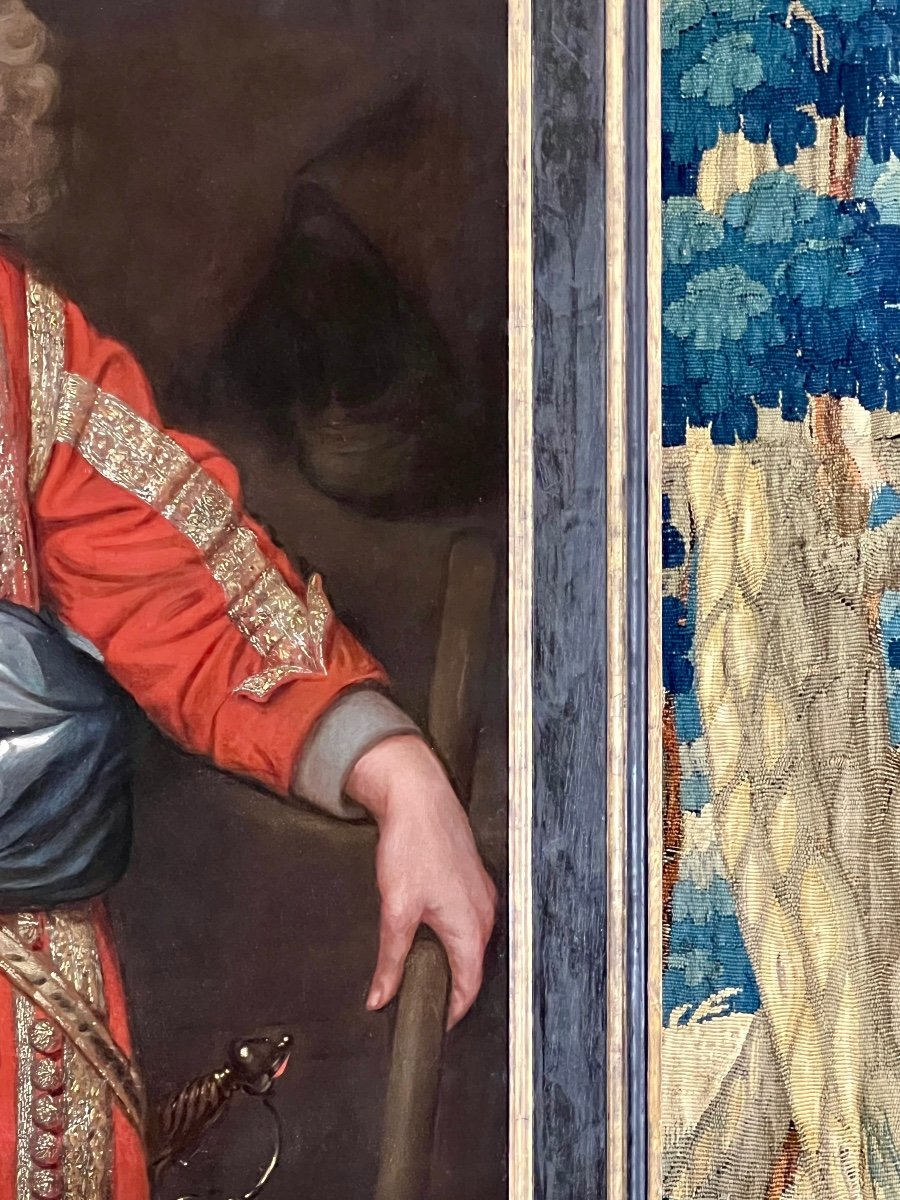



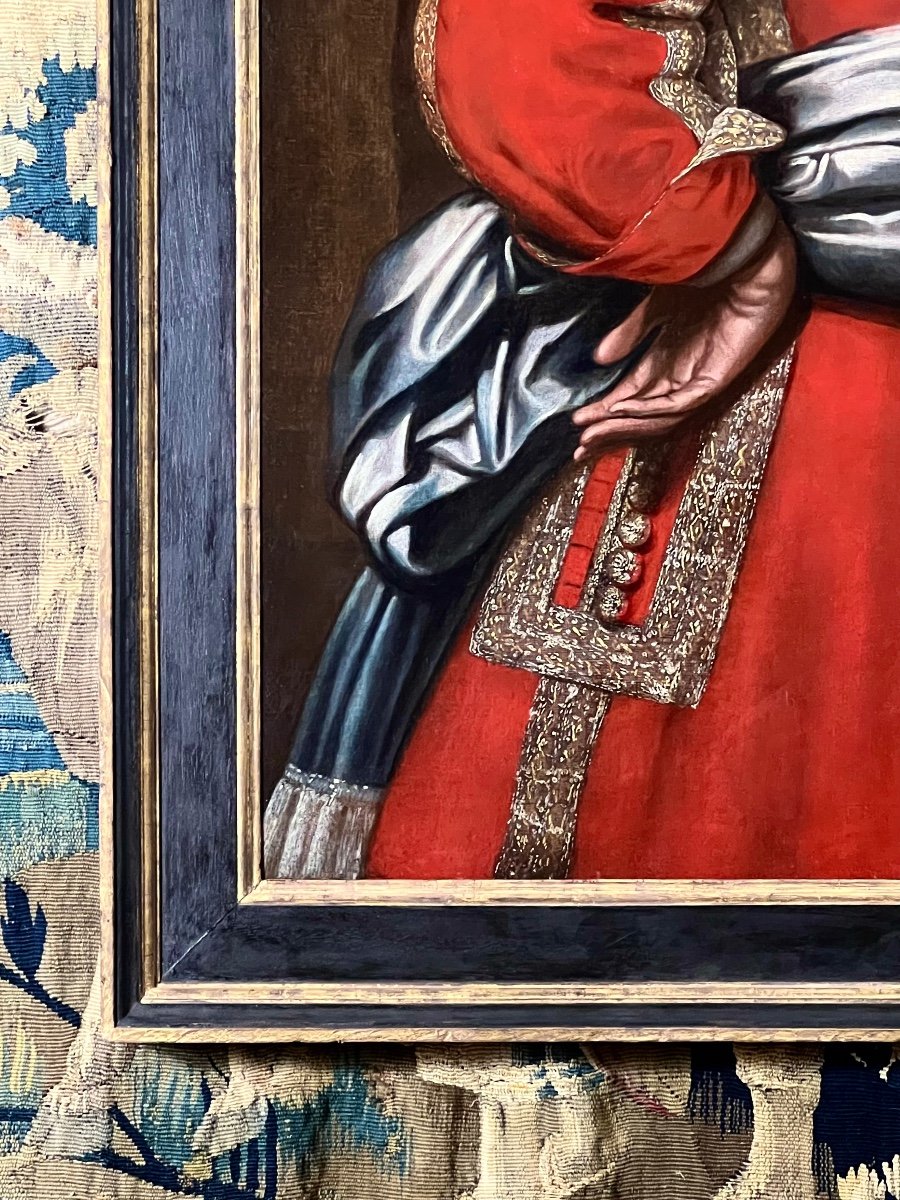
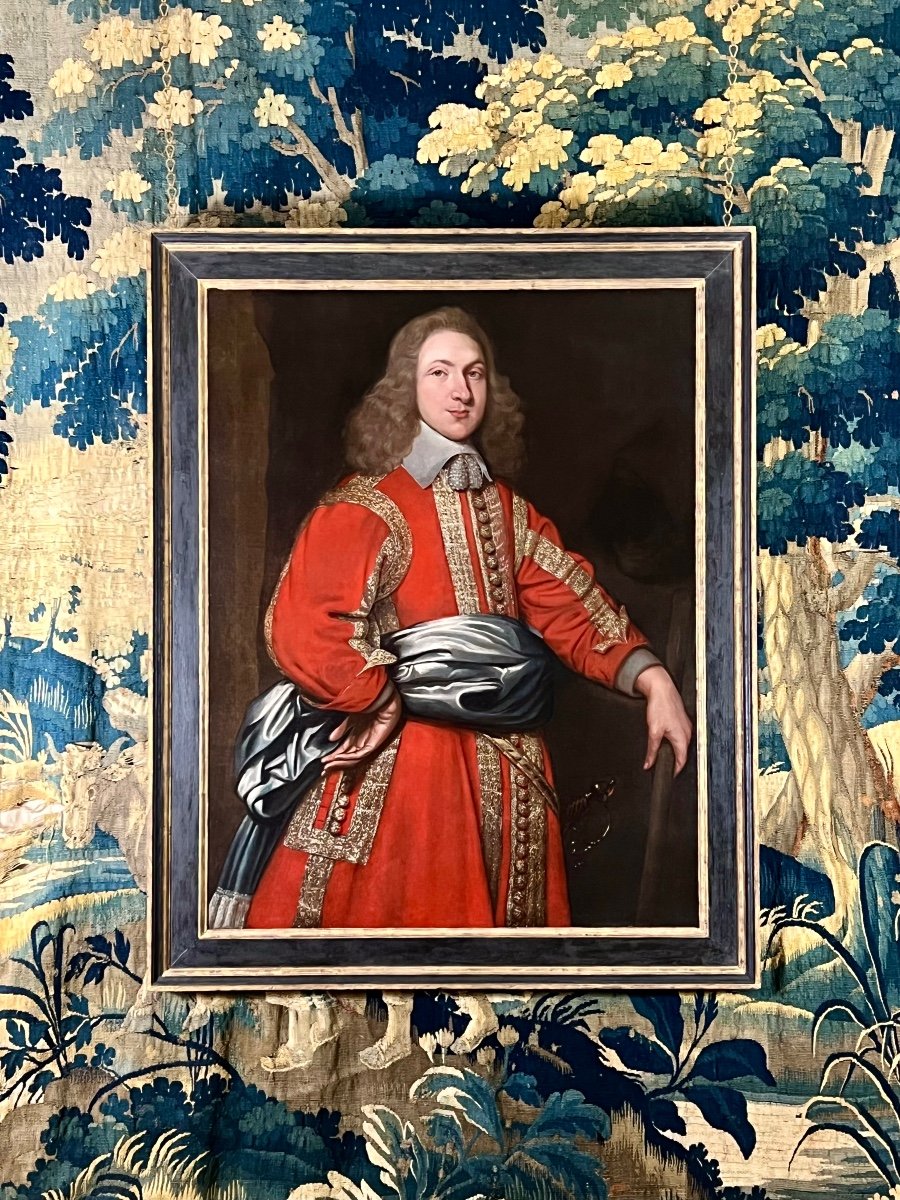



















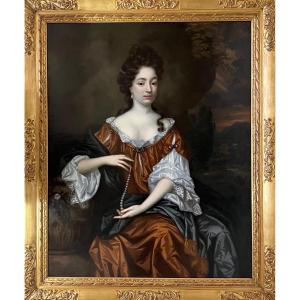



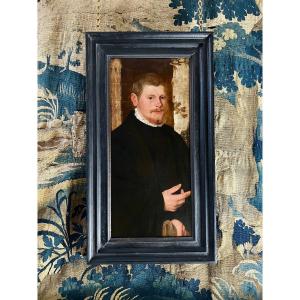

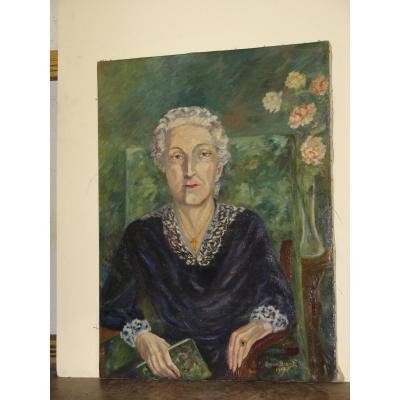

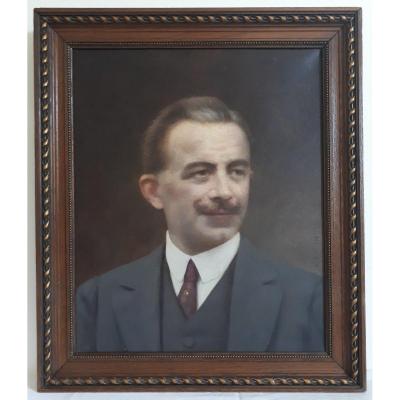




 Le Magazine de PROANTIC
Le Magazine de PROANTIC TRÉSORS Magazine
TRÉSORS Magazine Rivista Artiquariato
Rivista Artiquariato